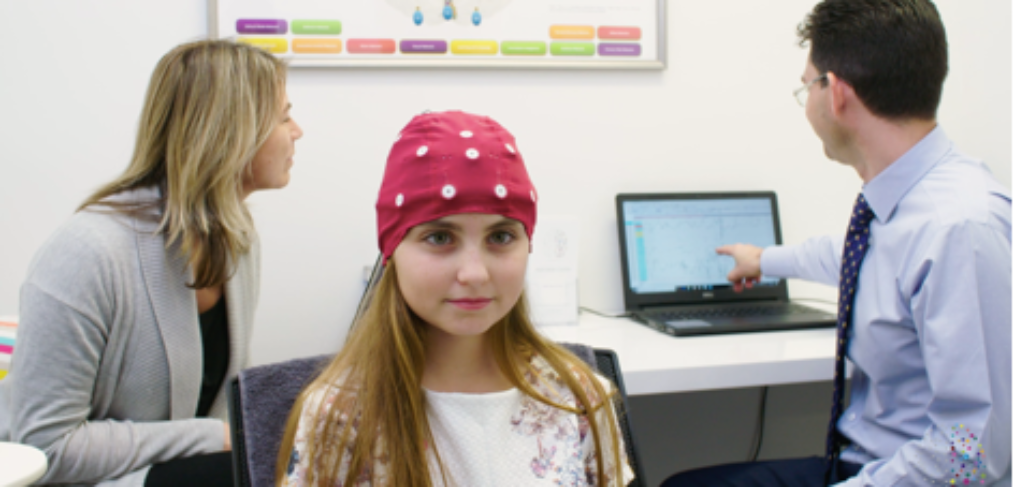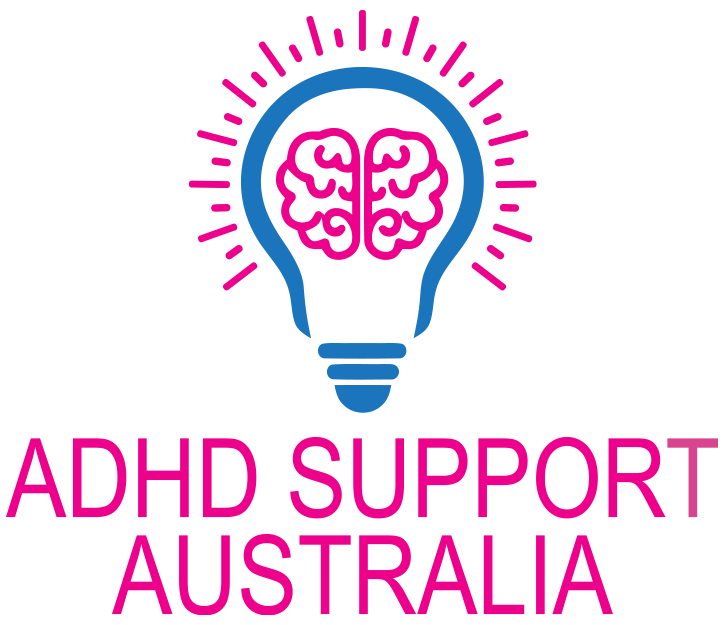
How Does Neurofeedback Therapy for ADHD Work?
Whilst genetic factors clearly play a role, it is not yet clear exactly what causes ADHD, but research clearly indicates there are problems with the function of key areas of the brain involved with attention and impulse-control.
There is no doubt lifestyle factors can affect brain function and impact attention, behaviour and learning, however, what are the options if changes to diet, exercise and sleep don’t work?
In the past, treatment for ADHD was usually limited to behavioural therapy and/or medication. However, now it is accepted that treatment should be patient-centred and involve a range of interventions. There is no “one size fits all” approach, and most people believe that everyone should be able to make an informed choice based upon the range of treatments now available.
Neurofeedback Therapy is a drug-free, brain-based treatment which uses a sophisticated brain-computer interface to “strengthen” or re-train the brain, by training brainwaves, the tiny electrical signals produced by the brain. In many, but not all cases of ADHD, brain scans show under-activity (too many slow brainwaves) in frontal regions of the brain (areas key for regulating attention and impulse-control).
Neurofeedback Therapy can help by training these under-active areas of the brain to “speed up” to improve attention and impulse-control. It is important to understand that everyone with ADHD is different and that brain scans can help to personalise Neurofeedback Therapy to help get best results.
Neurofeedback is generally done in specialised clinics and is suitable for almost any age. People sit comfortably, whilst their brainwave activity is measured in real-time, using sophisticated electronics with small wires attached to the head using special conductive paste. Information about brainwave activity is fed-back to the person using a brain-computer interface, typically using sound and vision, and the person will start to learn to control their own brain. This is not something that can be easily consciously controlled, but with repeated training sessions over time, the brain starts to learn to control its own activity, with improvements in symptoms usually seen after a few weeks. There are no electric shocks and nothing to feel because people are just learning to control their own brain activity, and of course you don’t feel your brain when you are learning!
As with all new treatments, there has been some controversy about how much Neurofeedback Therapy can really help. In reality it takes time for people to train their brain and it’s common for people to do 20 to 40 Neurofeedback Training sessions to achieve significant and lasting results.
Neurofeedback Therapy was featured in Dr Norman Doidge’s international best-selling book ‘The Brain That Changes Itself’ as a drug-free treatment for ADHD and research clearly shows that it is an effective, well-established treatment, producing sustained results and a viable option for those looking to avoid or supplement medication-based treatments.
The author, Daniel Lane, is the Clinical Director of Perth Brain Centre. He has over 20 years in private practice and is recognised as a specialist in the treatment of brain-based disorders through the activation of neuroplasticity. Daniel has completed extensive study within the field of neurological rehabilitation, and has specialist training in a number of fields including: Neurofeedback Therapy, Quantitative Electro-Encephalogram (QEEG) Brain-Mapping (board-certified by The International QEEG Certification Board) and Non-Invasive Brain Stimulation (completing certification at The Berinson-Allen Centre for Non-Invasive Brain Stimulation at Harvard Medical School). For more information about Daniel and his team visit his website.

Hi, where would be a Neurofeedback therapy centre in Sydney that you recommend?
Thanks, Eva
Sydney Neurofeedback Centre – you can find details of that in the ADHD Support Australia online directory